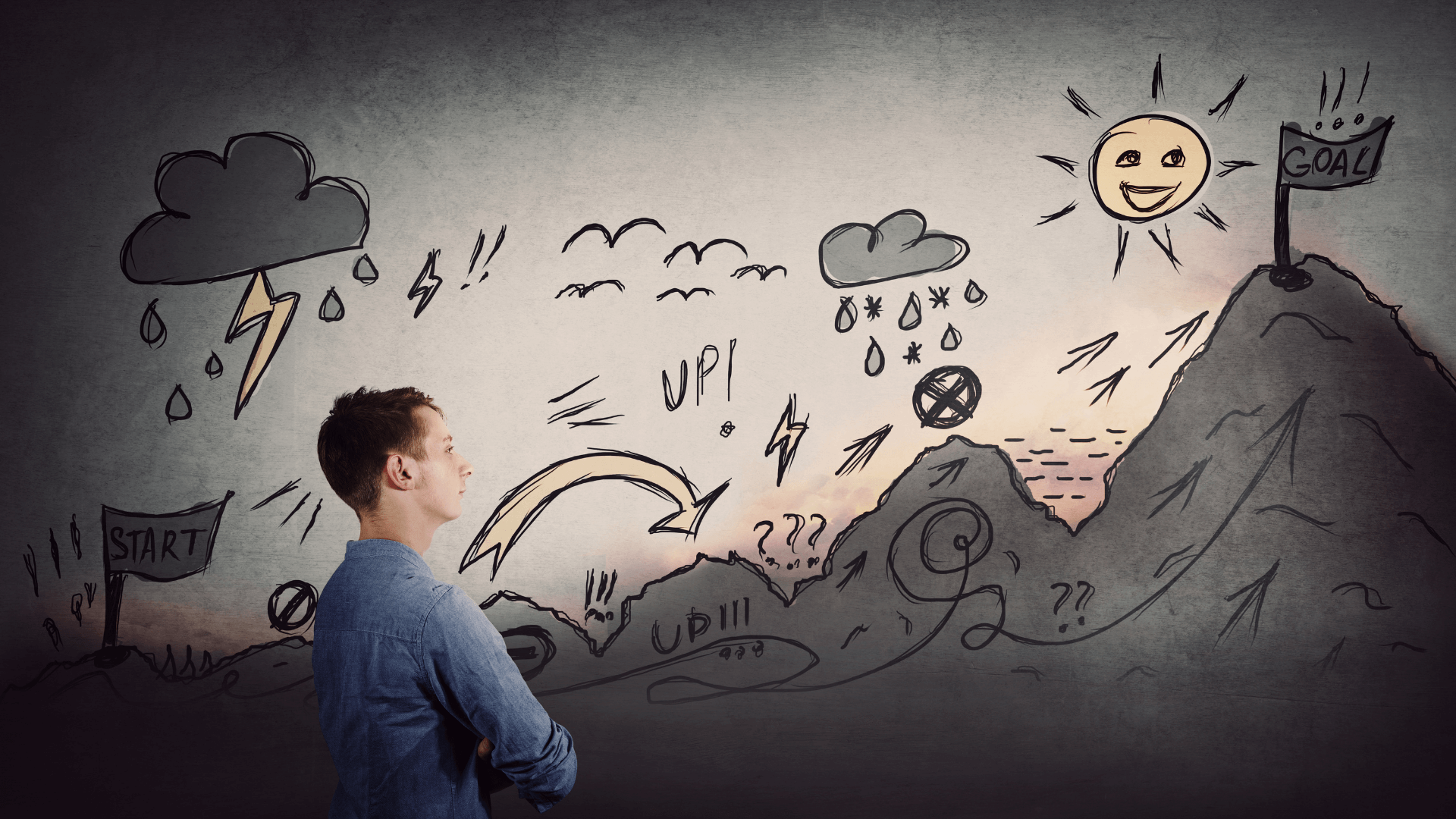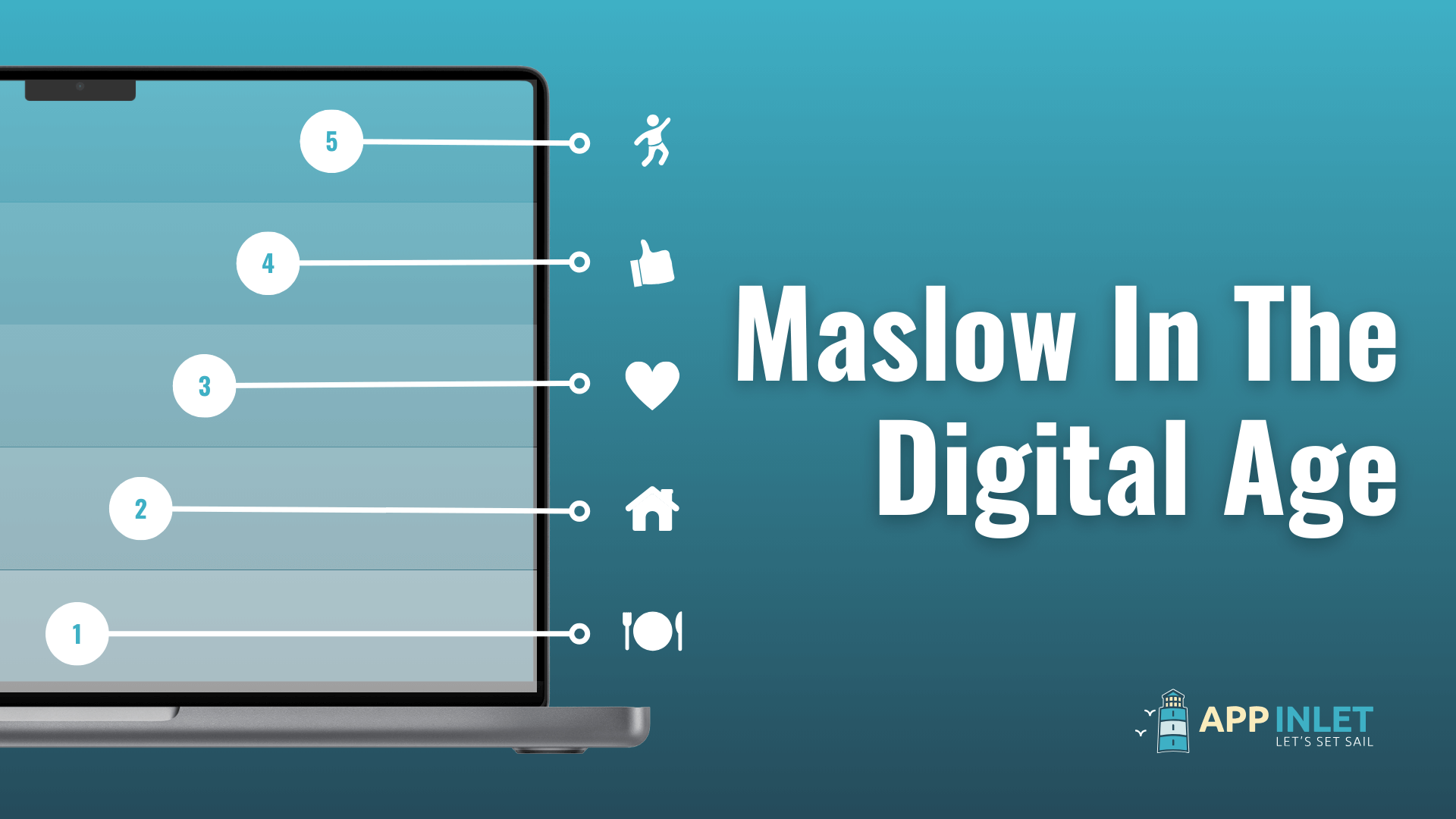Maslow’s hierarchy of needs is typically depicted as a pyramid with five levels, from the most basic needs at the bottom to the most complex needs at the top. This article will observe how Maslow’s Hierarchy is displayed in our lives and how Maslow in the digital age can impact and fulfil our needs. These needs are:
1. Physiological Needs:
These are the basic biological needs for survival, such as food, water, shelter, sleep, and oxygen
2. Safety:
Once our physiological needs are met, we start to focus on our needs for security and safety. This includes protection from physical harm, emotional security, financial stability, and safety from threats like war or natural disasters.
3. Love and Belonging:
After our physiological and safety needs are met, we start to crave social connection. This includes the need for love, intimacy, friendship, belonging to a group, and feeling accepted by others.
4. Esteem:
With love and belonging needs to be met, we then develop a need for self-esteem and the esteem of others. This includes the need for feelings of accomplishment, competence, recognition, status, and respect.
5. Self-Actualization:
At the top of the pyramid is the need for self-actualization. This is the drive to reach our full potential and become the best version of ourselves. It includes the desire to grow, develop our talents, and leave our mark on the world.

Unlocking Potential in the Digital Age
In a world increasingly dominated by screens and social media, it’s easy to wonder if Maslow’s hierarchy of needs, a decades-old theory, still holds relevance. The answer is a resounding yes but with a twist. While the core needs remain the same – physiological, safety, belonging, esteem, and self-actualization – Maslow in the the digital age offers new tools and challenges in fulfilling them. Let’s explore how we can leverage technology to climb Maslow’s pyramid positively.
Building a Strong Foundation: Security and Connection
At the base of the pyramid lie our physiological and safety needs. The digital world can directly address these in some cases. Online grocery shopping and food delivery services ensure basic sustenance, while telemedicine bridges the gap in healthcare.
The need for safety extends beyond the physical. The digital age can foster a sense of belonging through online communities built around shared interests. Social media platforms connect us with geographically dispersed friends and family, while online forums provide a space to connect with like-minded individuals. However, it’s crucial to be mindful of online interactions and prioritize real-world connections for a well-rounded sense of belonging.
Fulfilling Needs for Recognition and Growth
As we move up the pyramid, the need for esteem and self-actualization takes centre stage. Social media can be a double-edged sword in this regard. “Likes” and positive comments offer a dopamine rush, potentially boosting self-esteem. However, the constant pursuit of online validation can be detrimental, creating a distorted sense of self-worth. There is the risk of online bullying and catfishing as people may have a sense of powerful confidence behind a screen.
To counter this, we can focus on intrinsic motivators. The digital age offers a wealth of educational resources and online courses, empowering us to develop our skills and pursue knowledge in areas we’re passionate about. Additionally, the rise of the creator economy allows individuals to showcase their talents and build an audience, fostering a sense of accomplishment and self-actualization. Content creators, like travel bloggers and YouTubers, can even turn their passions into professions through monetization strategies like affiliate marketing, sponsorships, or selling their own digital products. This allows them to achieve self-actualization while potentially fulfilling their lower-level needs as well.

Finding Balance in a Connected World
The digital age offers undeniable benefits, but it can also be a constant drain on our attention and well-being. To fully utilize Maslow in the digital age, we need to find a healthy balance between our online and offline lives. Here are some strategies to achieve this:
Set Boundaries and Embrace Digital Detox:
- Schedule tech-free times: Dedicate specific times of the day or even entire days to disconnect completely. Put your phone away, silence notifications, and resist the urge to check social media. Consider utilizing wearable devices that track your phone usage and can even block notifications during designated downtime. These devices can provide valuable insights into your digital habits and empower you to take control of your tech use.
- Utilize phone settings: Take advantage of features like “Do Not Disturb” mode to minimize distractions during work, meals, or social interactions.
- Create tech-free zones: Designate specific areas in your home, like the bedroom or dinner table, as technology-free zones to promote relaxation and meaningful connections.
Prioritize Sleep and Physical Activity:
- Maintain a regular sleep schedule: A consistent sleep pattern is crucial for physical and mental health. The blue light emitted from screens can disrupt sleep cycles, so avoid using electronic devices before bed. Making use of a wearable device can aid in tracking sleep cycles and how to manage them.
- Engage in physical activity: Regular exercise is a proven mood booster and stress reliever. Physical activity strengthens your cardiovascular system, which improves circulation and delivery of oxygen-rich blood throughout your body. This can lead to increased energy levels, better cognitive function, and a stronger immune system. Taking a walk or engaging in physical activity outdoors helps you disconnect from screens, reconnect with your body and surroundings, and experience these well-being benefits firsthand.
Cultivate Mindfulness and Manage Information Overload:
- Practice mindfulness techniques: Activities like meditation or deep breathing exercises can help you become more aware of your technology use and manage compulsive checking habits.
- Be selective about information consumption: The digital world bombards us with information, sound and imagery. Be deliberate about the content you consume and curate your online presence to avoid information overload.
- Embrace slow technology: Explore slower forms of communication like email or handwritten letters, allowing for more thoughtful interaction.
Focus on Real-World Connections and Personal Growth:
- Invest in face-to-face interactions: Make time for in-person interactions with friends and family. Prioritize activities that foster genuine connection and shared experiences.
- Pursue hobbies offline: Engage in activities that fulfill you outside the digital realm. This could be anything from gardening to playing music to volunteering in your community.
- Set SMART goals: Define specific, measurable, achievable, relevant, and time-bound goals (SMART goals) for personal growth. These goals can be related to learning a new skill, pursuing a creative project, or improving your physical health. Consider finding an accountability partner or joining an online community focused on similar goals. Sharing your progress and challenges with a supportive network can boost motivation and keep you committed to your journey.

Finding balance is an ongoing process. Experiment with these strategies and find what works best for you. By creating boundaries and prioritizing real-world experiences, we can harness the power of technology to fulfil our needs across Maslow in the digital age and lead more fulfilling lives in a connected world.
Visit our Article page to see other helpful articles and videos.
Follow us on social media to stay up to date.

